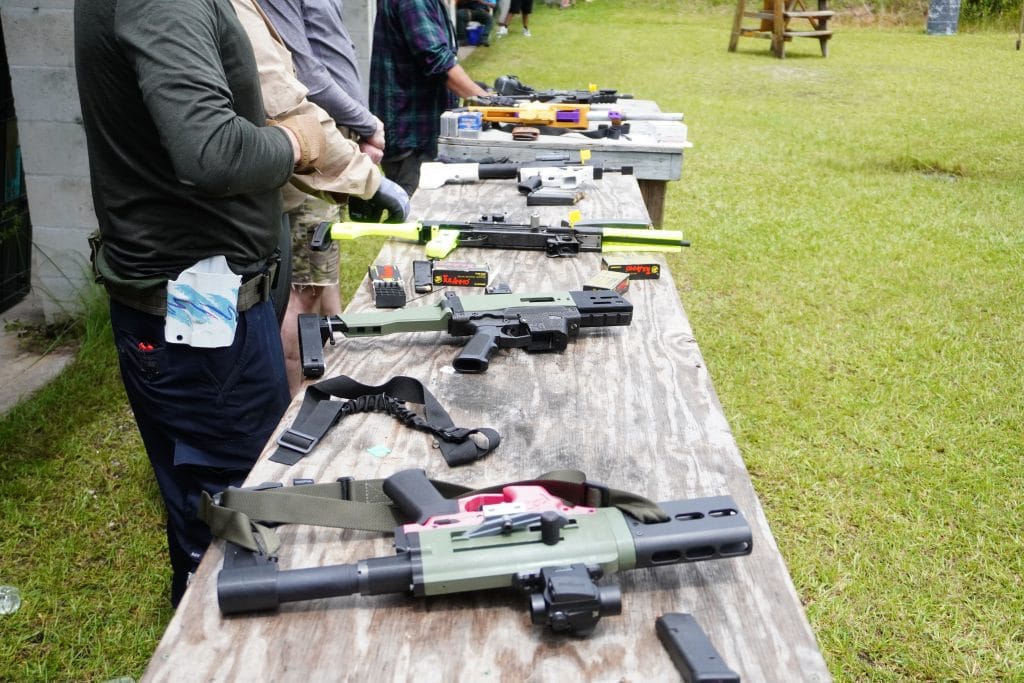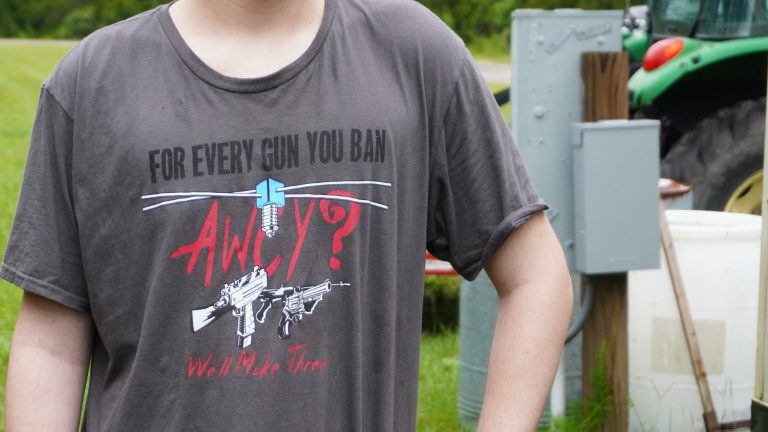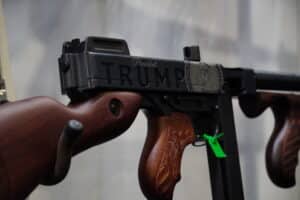3D printing of guns has come a long way since the first Liberator debuted back in 2013. And it still has a long way to go. The community surrounding it is passionate and industrious enough to push things much further than they are now.
Following the dozens of builders across the collection of stages as they push their builds to the breaking point and, sometimes, beyond it, made it clear the community has already worked out ways around the pitfalls of using plastic in high-stress areas of firearms. Many have already moved beyond simply printing exact copies of traditional gun designs and into new designs intended to be printed. They’ve become incredibly durable and can withstand hundreds or thousands of rounds without breaking down.
And, while most designs simply replace the receiver of a traditional gun design with a new 3D-printed alternative, some of the most ambitious builders have moved to printing everything but the barrel, springs, and bolt. There was an entire side stage at the match just for those builds.

Of course, those designs are still pushing the limits of the current technology, and most of them had difficulty reliably finishing the entire stage. But these sorts of builds weren’t around at all a decade ago, and there’s no telling how much more reliable they will be in another decade.
But you don’t have to wait another decade for new techniques or technologies to perfect 3D printed guns to build a homemade gun as reliable as anything you can buy at the store. One thing that was abundantly obvious watching the match is that injection molded 80% builds were basically on par with any Glock or Smith & Wesson you could pick up from Cabela’s. Other than aesthetics, there’s not much difference between the Polymer 80 or JSD Supply gun builds people had and any modern polymer-framed gun on the market.
The one I shot felt exactly like shooting any Glock I’ve ever shot. It’s the easy path to home gun making. While you can literally make a 3D-printed gun look like almost anything (like this example, nicknamed “Dragonface”), you have to put dozens of hours into the actual print and finishing process.

With 80% lowers, the process involved drilling a few holes and pockets for the various parts to fit into and maybe bending or trimming some metal to the right spec. Of all the guns at the event, these two Polymer 80 builds are the ones I was most interested in trying for myself. I’ve always enjoyed building ARs from already-made parts. Building from either a fully-finished frame or an 80% lower and a parts kit seems the closest to that on the handgun side of things. I wouldn’t mind expanding my horizons to new categories of guns.
Besides, I like a good Gucci Glock. Just not the price tag associated with most of them. Same goes for fancy ARs, which is why I prefer to build them myself. Perhaps I should start doing that with handguns too?

Printing seems far more involved than I’m willing to get. I’m sure many people might expect gun building to be a hobby dominated by stereotypical spec-ops tacticool bros, but the technical nature of 3D printing means the community is actually much more intellectual and nerdy. The term Comic-con of Guns was tossed around more than once. The different printing techniques and materials for making the most robust receivers were the hot topics of the day on the range, not who had the best time through each stage.
President Biden’s effort to restrict the sale of unfinished gun parts or the building of unserialized “ghost guns” was on people’s minds. But it never rose above what really interested everyone: the tech. While the community is largely driven by a kind of anarcho-libertarian approach to gun regulation, you’re far more likely to hear the attendees talk about the best filament to use or ideal infill percentage or even electrochemical machining for homemade barrel rifling.





